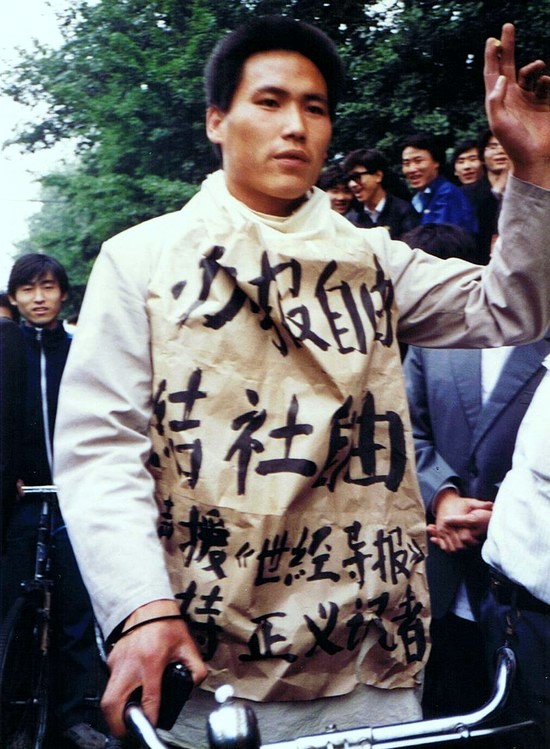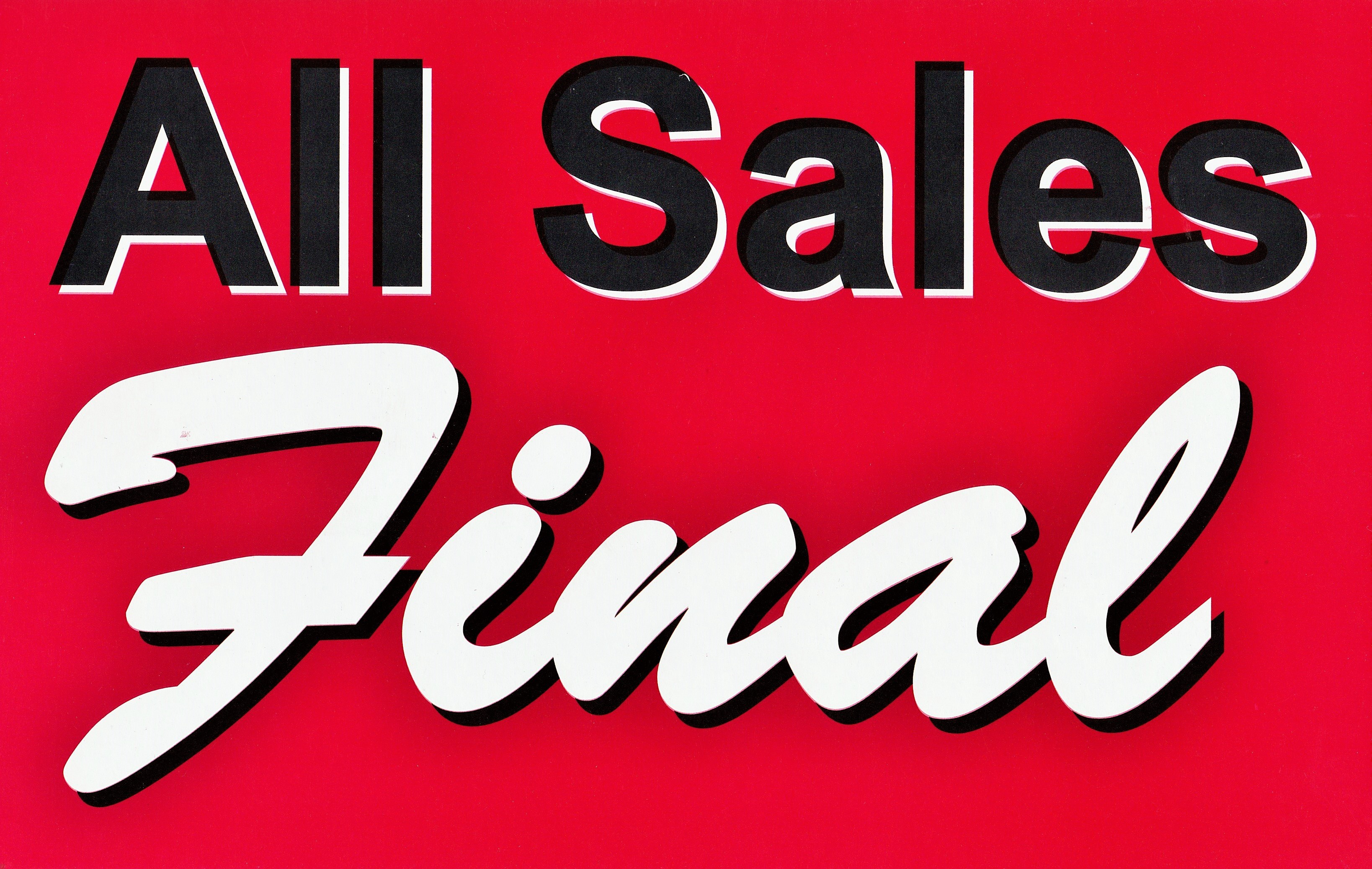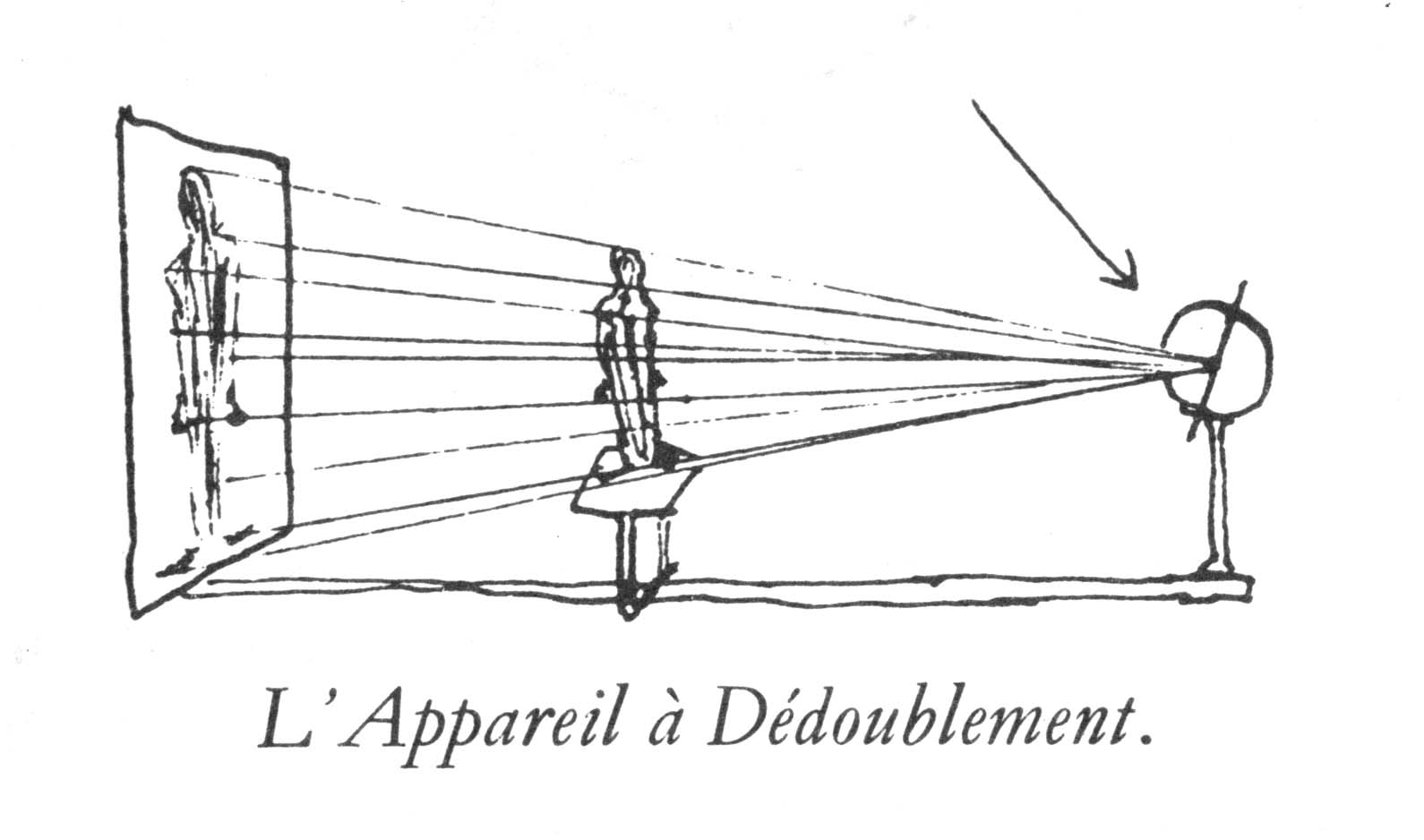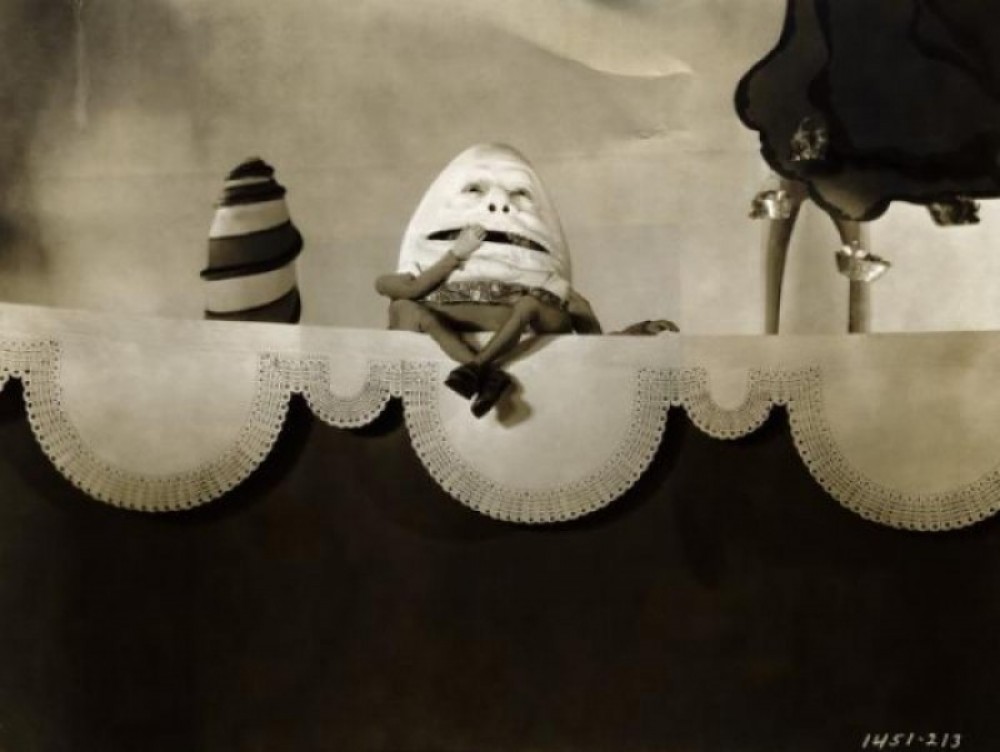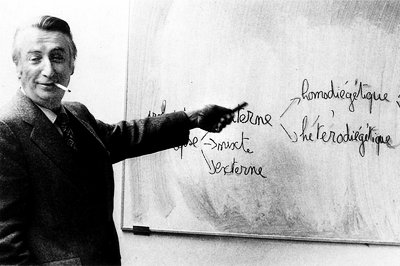While trustees of institutions with large endowments may think they’re guarding intergenerational equity or intragenerational equity (in the form of expanded access in the present), they are really merely mounting vigorous campaigns of wealth accumulation that increase inequality. So why do these universities still have endowments?
Again: is this Farago’s politics, or is this something deep in the DNA of global art history? Insofar as globalization concerns itself with “subject positions,” it seems clear that struggles for state power and deep changes to the relations of production and the exploitation of labor are not just beyond its grasp but irrelevant to it.
If I understand Emerson correctly, his allegory of photography contends that, while photography may look like shopping at a flea market, it’s really more like standing a round at the bar.
How do we decide what factors are wheat and what are circumstantial chaff? Once we have, can we say that we are attending to history, or should we rather say that we are producing a carefully counterfactual story of our past history with the right features to motivate action in the present that suits our present sensibilities? Or, to put the matter in terms of the question I want to ask, does history provide evidence of historical consciousness (as opposed to antihistoricism) as a necessary condition of class-driven politics? This is the matter Adams assumes, and which I want to make explicit.
The six essays included in nonsite’s 11th issue are intended as three exchanges around three topics—the autonomy of the photographic image, automatism, and time and meaning—that will be the themes of three panels in a two-day conference at the Los Angeles County Museum of Art, March 13 and 14, 2015.
The conference is sponsored by the museum and by the Mellon Foundation and is being organized by nonsite.org. We are looking for creative approaches to these themes that will engage with works in the Marjorie and Leonard Vernon Collection at LACMA. Send proposals for session papers to nonsite@nonsite.org. Proposals must be submitted by November 15, 2014.
It has been a defining and enduring feature of photographic discourse up to now that automaticity and automatism have been available to us through photography. An important task for the history of photography will be not just to invoke photography’s automaticity, but to describe—for any photographic work or enterprise it takes up—the nature and importance of its automaticity in that instance or set of instances.
So we have two modes of politics. One that depends on your subject position and one that doesn’t. And we have two kinds of art: one that depends on your subject position and one that doesn’t. And they align themselves, one with the other, according to what they assume about representation and about truth. Which kind of art is Miró’s? Or is it another kind altogether? And what kind of politics does it embody?
This issue is loosely the result of a double session on Intention and Interpretation at the College Art Association meeting of February 2010. (The original call for papers appears below.) The line-up of speakers was somewhat different from the authors of this special issue, but these remarks describe the developments to which both sets of papers address themselves. Thierry de Duve, Michael Garral, Stephen Melville, and Walter Benn Michaels were all participants in the sessions and contributed arguments substantially like those they present here. David Summers was scheduled to take part, but was unable to attend the gathering in 2010. Samuel Wheeler contributes an entirely new piece on the topic.
Also in this issue, Molly Warnock on the pliages of Simon Hantaï.
Intention and Interpretation
Session chairs: Charles Palermo and Todd Cronan
Is the meaning of a work of art just exactly the intention of its maker or makers? Does anyone (still) believe that? Yes. In fact, it has been argued that everyone does, but no one wants to admit it. Further, since the question will determine not just how you go about interpreting works of art, but what you think a work of art is and what you think an interpretation is, this…
One now routinely reads rote refusals of intentional interpretation and insouciant claims for the spectator’s prerogative in making meaning. Such refusals and claims may be right—that’s a question we may discuss today—, but their reexamination, which is to say this conversation, is overdue.
Charles Palermo writes:
Things remain visible to people outside the visuality within which they were intentionally produced, though what is visible in an artifact in this context (or what is visible about it) may differ from what is visible in the context of visuality. By the same token, people can succeed to many visualities, though both Wölfflin and Panofsky were somewhat uncertain (on different grounds) about just how far it is possible to do so when we are dealing with visualities constituted in the past and accessible to us only in things made to be visible within them that happen to have survived into our own visual world.
Whitney Davis elegantly lays out the relation of visuality to history in this passage, early in his impressive account of what he calls “neurovisuality.” As his references to Heinrich Wölfflin and Erwin Panofsky suggest, there are important ways in which the problems he elaborates are continuous with old problems in the field of art history. Crucially, in the current context, he addresses himself to the problematic notion that people can look at a work of art made in an earlier epoch and find that “what is visible” in those works is not what they…



